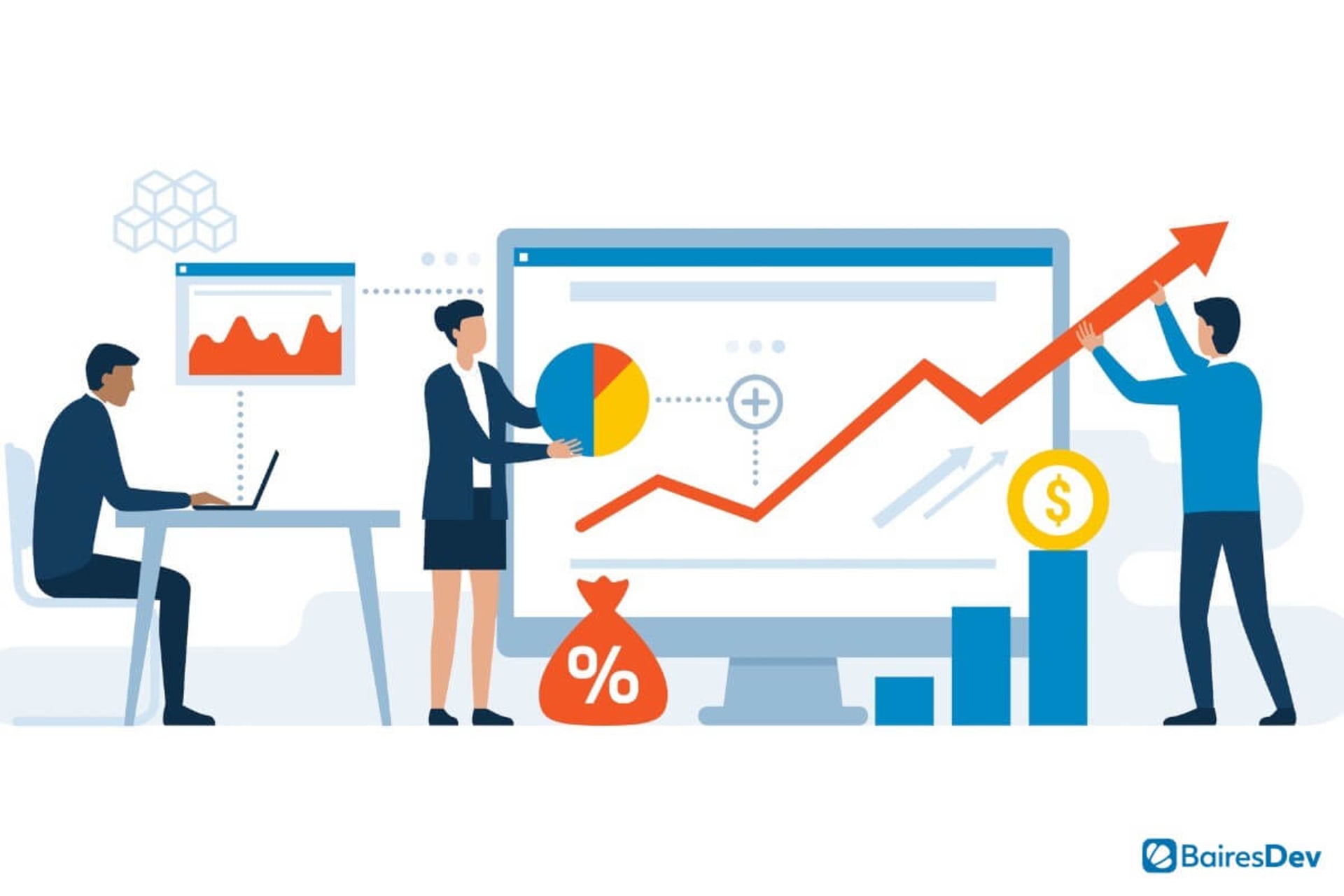Artificial intelligence (AI) is heralded as the wave of the future. The technology brings a number of qualities and benefits to individuals and organizations alike, accomplishing what humans often can’t or taking rote and monotonous tasks off their plates and handling them in a fraction of the time. It’s clear that AI has strong business value in wide-ranging sectors.
AI not only helps businesses become more profitable, but it can also encourage them to be more equitable and inclusive. From healthcare to hiring practices to finance, this critical technology is allowing organizations and industries to prioritize diversity. Here’s how.
Healthcare
AI is greatly impacting healthcare in myriad ways. From an equity standpoint, there are a number of initiatives that allow medical providers and organizations to reach underserved populations, personalize care according to the needs of diverse groups, and leverage data to better understand the effect of their efforts.
At the Jameel Clinic’s AI for Health Care Equity Conference, leaders in medicine convened to discuss different aspects of AI’s applications to healthcare and how they can better support DEI initiatives, from delivery of services to policy.
For example, they discussed how treatment plans and medications often don’t account for the patient’s unique background and characteristics, including socioeconomic factors, which can have an enormous impact on the best course of treatment. Researchers suggest AI tools can be created to pinpoint these factors and account for these differences, making the plans more inclusive and specific to their audiences.
But participants also cautioned that the algorithms that power AI tools are flawed. In order to use them effectively, biases within the platforms must be accounted for and mitigated. One way to do this is to study the tools across many populations and locations.
Hiring Practices
Bias is deeply ingrained in the recruitment and hiring process. But when AI becomes part of the equation, this bias can be mitigated — leading to more diversity and equity in the candidate pool and the ultimate decision.
Based on defined criteria, skills, and qualifications, AI tools (such as applicant tracking systems (ATS)) can scan resumes and cover letters to identify good fits, regardless of their specific backgrounds. AI can identify appropriate skill sets minus the human bias that sneaks in. This extends to location. Now that many jobs are fully remote, employers need not be limited by geography when seeking out candidates.
But, as with healthcare, the process can only be equitable if the humans who are inputting the data sets — the qualities that they are seeking in candidates — contemplate diverse backgrounds. Human resources professionals and recruiters must carefully assess the criteria for which they are screening, as AI can’t do it alone. This goes for everything, including the wording of job ads.
For example, when eBay used the phrase “prior experience” in a job ad, the ad prompted a 50% increase in applications from male candidates. But changing it to “demonstrated ability,” a practically synonymous phrase, drew 40% more female applicants. This is something even AI can’t catch, which is why humans must be involved in the process.
Promotions in the Workplace
In the world of career development, bias often infiltrates many processes beyond hiring practices. This goes for promotions, raises, and career advancement, too.
Take the gender pay gap. Currently, on average, women make 82 cents for every dollar a man makes. Women deal with discrimination and inequities when it comes to climbing the corporate ladder, due to both conscious and unconscious bias and other factors. And when humans are doing the promoting, it can be difficult to guard against these biases.
There is a solution. Now, there are platforms that incorporate AI to reduce the amount of bias that seeps into promotion decisions. Pipeline is one example. The tool also uses natural language processing to identify biased phrasing in performance reviews and generate recommendations for improving the evaluations.
Because these evaluations can play a critical role in giving advancement opportunities to employees, this type of software can play a crucial role in assisting employers with removing bias from the equation and making better decisions overall.
Finance
Fintech is a field that is ripe for innovation — it embodies innovation in finance itself. There are plenty of AI tools within it already, and some of them are helping to address inequities.
For example, lending decisions are often fraught with bias. They are typically made on the basis of credit scores and history, which have prevented many people of certain races, genders, socioeconomic statuses, and backgrounds from receiving loans in the past.
Today, however, there are AI tools that take into account other data to inform lending decisions, such as where people buy groceries, their social media activities, and other seemingly innocuous information. This ultimately means that more people and businesses can secure loans, including many of whom would have been overlooked on account of their credit scores.
This isn’t the only area within fintech that inadvertently discriminates against certain populations. But AI-powered tools like robo-advisors can help. These tools assist people with making financial decisions without human intervention. They are considerably less expensive than human financial advisors, so they’re more accessible to lower-income populations, and they can provide education to those without knowledge of topics like investment.
Interactive tellers, meanwhile, look like ATMs but perform many of the same tasks as human tellers — and are far more accessible to people who have disabilities or live in less populous locations.
How do you make your workplace more equitable and diverse? It’s not something that happens overnight. But with conscious interventions and the right tools, you can make strides to improve. AI can’t do it alone, but it can be a huge asset for you and your business.
If you enjoyed this, be sure to check out our other AI articles.






